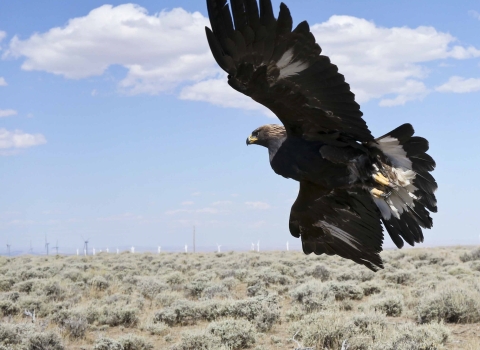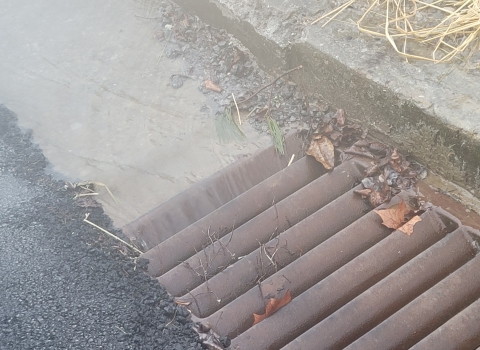Running buffalo clover, a perennial plant native to parts of the eastern U.S. and once thought to be extinct, is thriving and is now considered recovered. The U.S. Fish and Wildlife Service is pleased to announce a final rule removing Endangered Species Act (ESA) protections for the species.
“The recovery of the running buffalo clover is a great example of the success of conservation partnerships,” said Charles Wooley, regional director of the Service’s Great Lakes Region. “We applaud the efforts of our state, federal and private conservation partners who came together to ensure its long-term future and who persevered in searching for and discovering new populations.”
Once found in nine states, running buffalo clover was believed to be extinct prior to 1983, when one population was found in West Virginia. In 1987, the Service listed running buffalo clover as endangered. Since then, additional populations have been identified, including 21 populations reported after the agency’s 2019 proposal to delist the plant. Running buffalo clover is now known to occur in 175 populations in Indiana, Kentucky, Missouri, Ohio, Pennsylvania and West Virginia. Of the known populations, 88 are on public lands or privately owned lands with conservation agreements.
Threats to the running buffalo clover at the time of listing included habitat destruction and competition from invasive plants, such as bluegrass and white clover. Now, managers of state, federal and locally owned lands are providing habitat needed by running buffalo clover, reducing these threats, and benefiting the plant. Overcollection, identified as a risk when the clover was listed, no longer threatens the species, since many new populations have been identified.
Actions that led to the delisting of the running buffalo clover included addressing illegal use of off-road vehicles and invasive species invasive species
An invasive species is any plant or animal that has spread or been introduced into a new area where they are, or could, cause harm to the environment, economy, or human, animal, or plant health. Their unwelcome presence can destroy ecosystems and cost millions of dollars.
Learn more about invasive species management on national forest lands. As tree canopy thinned due to loss of trees to the emerald ash borer, new plantings replaced them, enhancing habitat for running buffalo clover. Partners and volunteers have spent years monitoring the species, and amateur botanists have discovered many new populations.
Running buffalo clover is named for the stolons, or runners, that extend from the base of its stems. The plant requires periodic disturbance and somewhat open habitat. Historically, it was often found in areas that were probably maintained by grazing herds of bison. Today it is associated with areas where mowing, cattle grazing, trampling, logging or other moderate ground disturbance occurs.
The final rule removing ESA protections for the running buffalo clover appears in the August 6, 2021, Federal Register. The rule will become effective on September 6, 2021. The Service, working with partners, will monitor the status of the species for at least five years following delisting, as required by the ESA.





